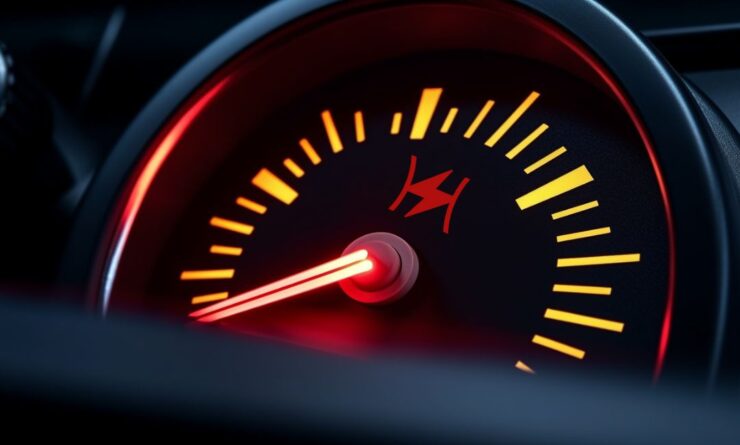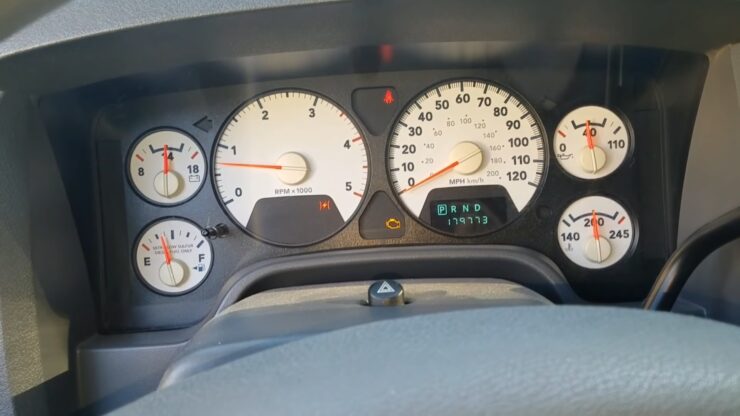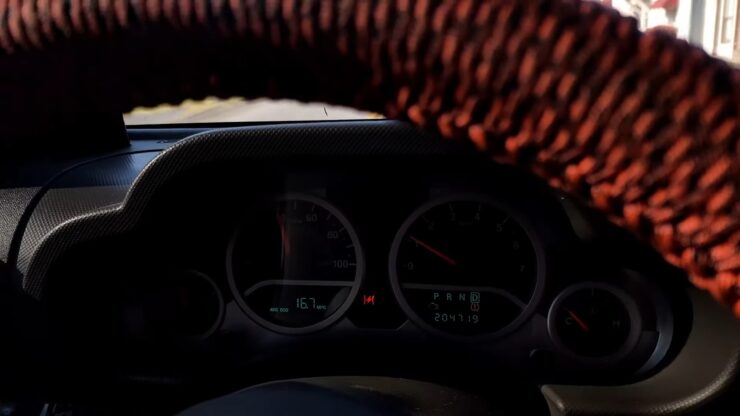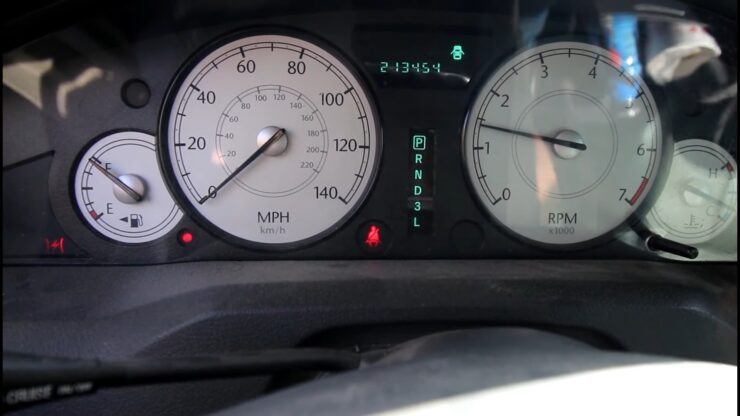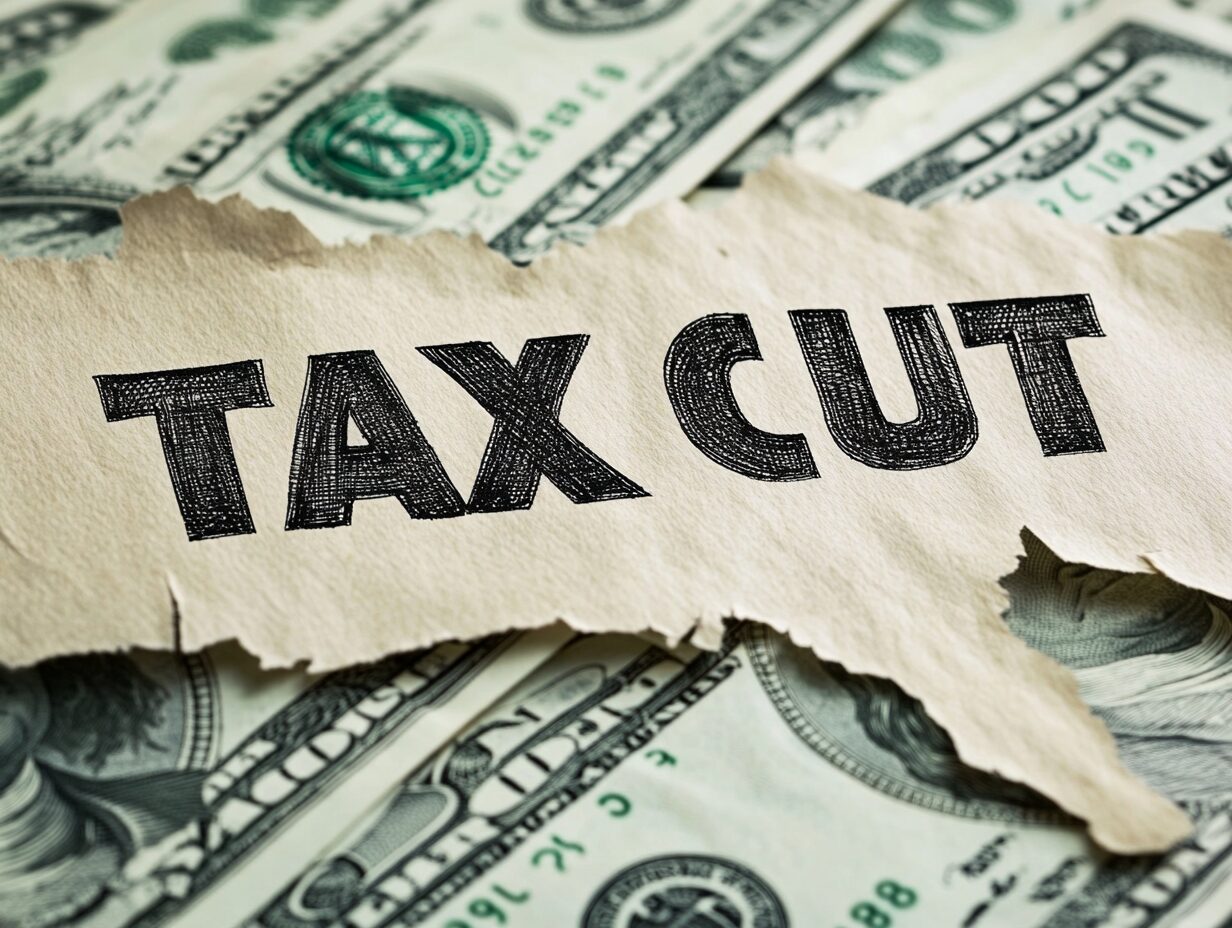In the past, cars used a wire to connect the gas pedal to the engine’s throttle, controlling how much air entered the engine. Nowadays, this process is managed electronically using sensors and actuators instead of physical connections.
This electronic system is better at optimizing fuel efficiency and engine performance, but it has a downside. If any of the sensors or parts fail, you might lose control over how much your car accelerates. To prevent this, carmakers have added many sensors and a whole monitoring system for the electronic throttle.
So, if you see a light on your dashboard related to throttle control, it means something might be wrong with this system. It’s essential to understand what steps to take next. Is it safe to keep driving, or should you get it checked out by a professional?
Meaning Of Electronic Throttle Control Light (ETC) Warning
When you see the electronic throttle control (ETC) light on your dashboard, it’s a signal that something isn’t right with your car’s system. This system involves several components: the body, accelerator pedal, and associated wiring. The main job of the electronic throttle system is to manage and keep track of position.
In older vehicles, the throttle was handled by a physical cable directly connected to the throttle body. However, in most newer cars, this function is carried out using sensors and the vehicle’s Engine Control Module (ECM), which is like the car’s brain.
While there are plenty of advantages to this, if everything isn’t working the way it should, then you’re not going to accelerate the way you should.
Purpose and Operation
The ETCl light serves as a watchdog for your control system, ensuring its proper function. If something goes awry, this light illuminates, alerting you to an issue.
You’ll also spot this light when you start your car. During this time, your vehicle performs a system check, and if everything is okay, the light goes off. Yet, if the light remains lit, there’s an underlying problem demanding your attention.
To pinpoint the trouble area, using an OBD2 reader is a smart move. While not foolproof, these tools provide a starting point for investigation. They can’t tell you exactly what’s wrong, but they offer valuable hints to guide your search.
What Triggers Control Light?
Several factors can lead to the illumination of the control light, but the most frequent culprits are issues with the throttle control sensor or the accelerator pedal position sensor. These, however, aren’t the sole potential causes for the light coming on.
Here’s a closer look at the top three reasons behind the electronic throttle light activation:
1. Faulty Control Sensor
While your car’s Engine Control Module (ECM) instructs the throttle to open by a specific degree, it relies on the throttle sensor to confirm the actual extent of opening. This data guides the ECM in making precise adjustments to the air-to-fuel mixture for optimal performance.
Imagine this as a “trust but verify” scenario for the ECM. If the feedback from the throttle control sensor doesn’t match the ECM’s expectations, it triggers the electronic control light to indicate a discrepancy. In certain body designs, the sensor may not be replaceable individually, potentially necessitating a costly replacement of the entire throttle body unit.
2. Malfunctioning Accelerator Pedal Position Sensor
An essential component of the ETC system is the accelerator pedal position sensor. This sensor communicates your acceleration intentions to the ECM, which then commands the throttle to open or close accordingly.
When the accelerator pedal position sensor fails to provide accurate information to the ECM, your desired acceleration levels won’t be met. If the ECM detects such an issue with the sensor, it responds by activating the electronic throttle control light.
3. Jammed Body
Even if the electronic components are operating as intended, a stuck physical throttle body can impede proper functioning. Various factors, including carbon buildup, can cause the body to become stuck in a certain position.
It’s crucial to visually inspect your throttle body to ensure it moves smoothly when opening and closing. If there are obstructions, attempting to clear them or cleaning the throttle body with a reputable carb cleaner might help. If these efforts prove ineffective, replacing the body might be necessary.
Is It Safe To Drive With an ETC Light?
Driving with an illuminated electronic throttle control light is not safe. Even if you initially experience only minor issues like reduced fuel efficiency or slightly diminished acceleration, the problem can escalate and potentially cause serious complications.
The throttle body manages the amount of air that enters the engine. When the electronic system malfunctions and the sensor readings become inaccurate, it can result in erratic engine behavior. This can lead to a loss of control over the engine’s performance, potentially causing dangerous situations while driving.
Continuing to drive with the electronic control light on can lead to engine damage, which in turn can result in more expensive repairs when you eventually take your vehicle to a repair shop. This risk remains present even if you don’t notice drastic changes in your vehicle’s performance. The incorrect air-to-fuel ratio caused by a faulty throttle control system can gradually lead to premature engine wear, further exacerbating the problem over time.
To ensure your safety and prevent potential engine damage, it’s best to address the issue promptly and avoid driving with the etcl light illuminated. Instead, have your vehicle inspected and repaired by a qualified mechanic as soon as possible.
How Do I Fix My Electronic Throttle Control?
Fixing an electronic control issue depends on the specific problem causing the malfunction. Here are some general steps you can take to diagnose and potentially fix the issue:
- Check for Error Codes: If the etc light is on, it’s a good idea to use an OBD2 scanner to retrieve error codes from the vehicle’s computer. These codes can provide valuable information about what component or system is malfunctioning.
- Inspect Wiring and Connections: Check for any visible damage to the wiring and connectors related to the throttle control system. Loose or damaged connections can cause communication issues and trigger the warning light.
- Clean the Body: If the body is sticking due to carbon buildup, you might be able to fix the issue by cleaning it. Use a high-quality body cleaner and follow the manufacturer’s instructions. Be careful not to damage any sensitive components during the cleaning process.
- Replace Faulty Sensors: If the issue is traced back to a faulty throttle control sensor or accelerator pedal position sensor, replacing the defective sensor could solve the problem. Consult your vehicle’s repair manual or seek professional help to properly diagnose and replace the faulty sensor.
- Reset the ECM: Sometimes, the electronic module (ECM) may need to be reset to clear any stored error codes. You can do this by disconnecting the vehicle’s battery for a few minutes and then reconnecting it.
- Professional Inspection: If the problem persists or if you’re unsure about performing the repairs yourself, it’s recommended to take your vehicle to a qualified mechanic or dealership. They have the expertise and diagnostic tools to accurately identify and fix the issue.
- Software Update: In some cases, a software update or reprogramming of the ECM may be necessary to address certain electronic throttle issues. This typically requires specialized equipment and should be performed by a professional.
Remember that the steps above are general guidelines, and the best course of action depends on the specific symptoms and error codes you’re experiencing. It’s important to prioritize safety and consider seeking professional assistance if you’re not comfortable diagnosing or repairing the issue yourself.
FAQs
How much is the repair for the ETC indicator?
The expense associated with addressing the ETC indicator varies based on the root cause of the light’s activation. Minor issues, like a clogged body, might entail a minimal cost. But for more complex problems such as a malfunctioning throttle body or its sensor, the cost can range from $100 to $800.
Does the electronic throttle control have its own fuse?
While most contemporary vehicles don’t have a dedicated fuse solely for the ETC, they do possess a fuse for the engine control module. This module oversees the ETC. Should this fuse be compromised, the ETC functionality would be affected.
How can I reset the ETC indicator?
For resetting the ETC indicator, an OBD2 scanner is necessary. It’s important to note that just erasing the fault code history typically won’t suffice. It’s more than likely you’ll need to address the primary issue that triggered the warning light.
What does a blinking ETC indicator signify?
A flashing etc warning light suggests a persistent problem that demands prompt attention. It’s advised to consult a mechanic or attempt a self-diagnosis at your earliest convenience.
Final Words
The evolution from mechanical to electronic throttle control represents a leap in automotive technology, optimizing fuel efficiency and engine performance. However, with this advancement comes the responsibility to ensure the system functions correctly.
The ETC light is your car’s way of communicating potential problems. As with any vehicle warning, it’s crucial to not ignore it. Whether you’re a DIY enthusiast or prefer professional assistance, addressing the issue promptly will ensure your safety on the road and the longevity of your vehicle.

